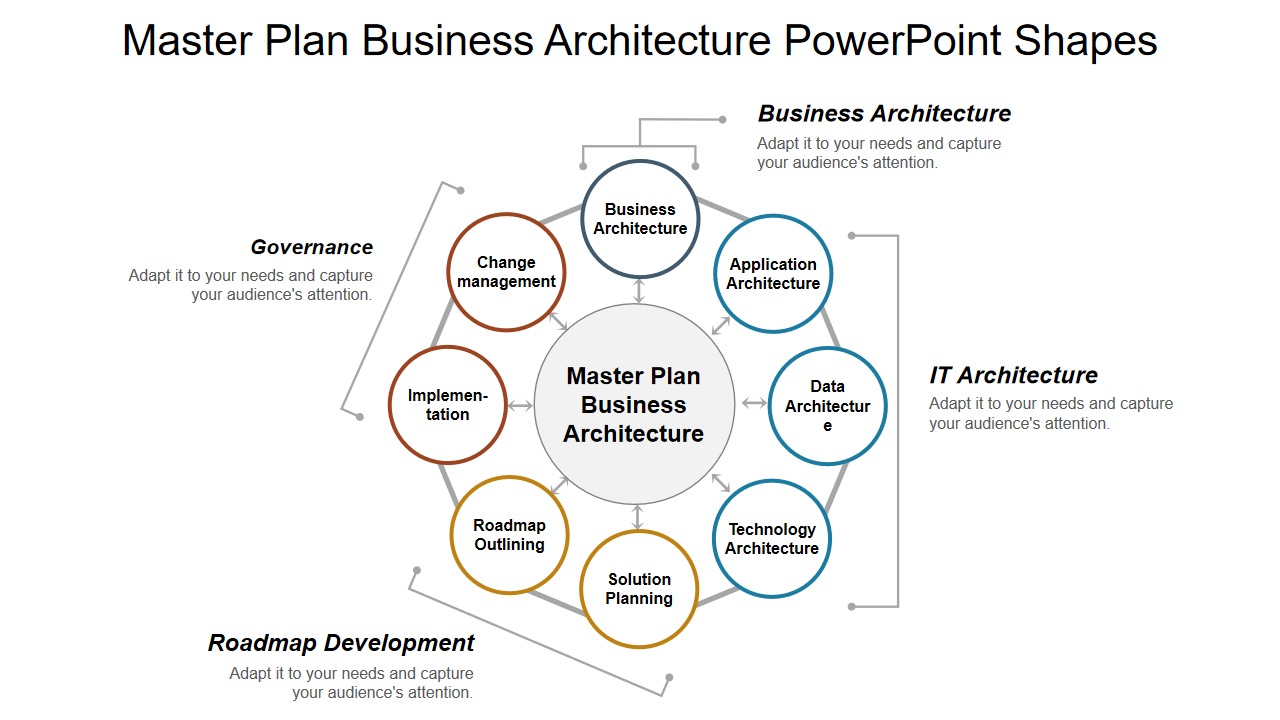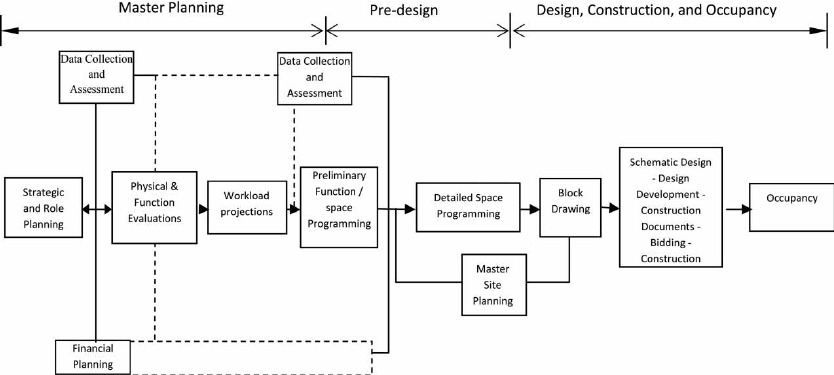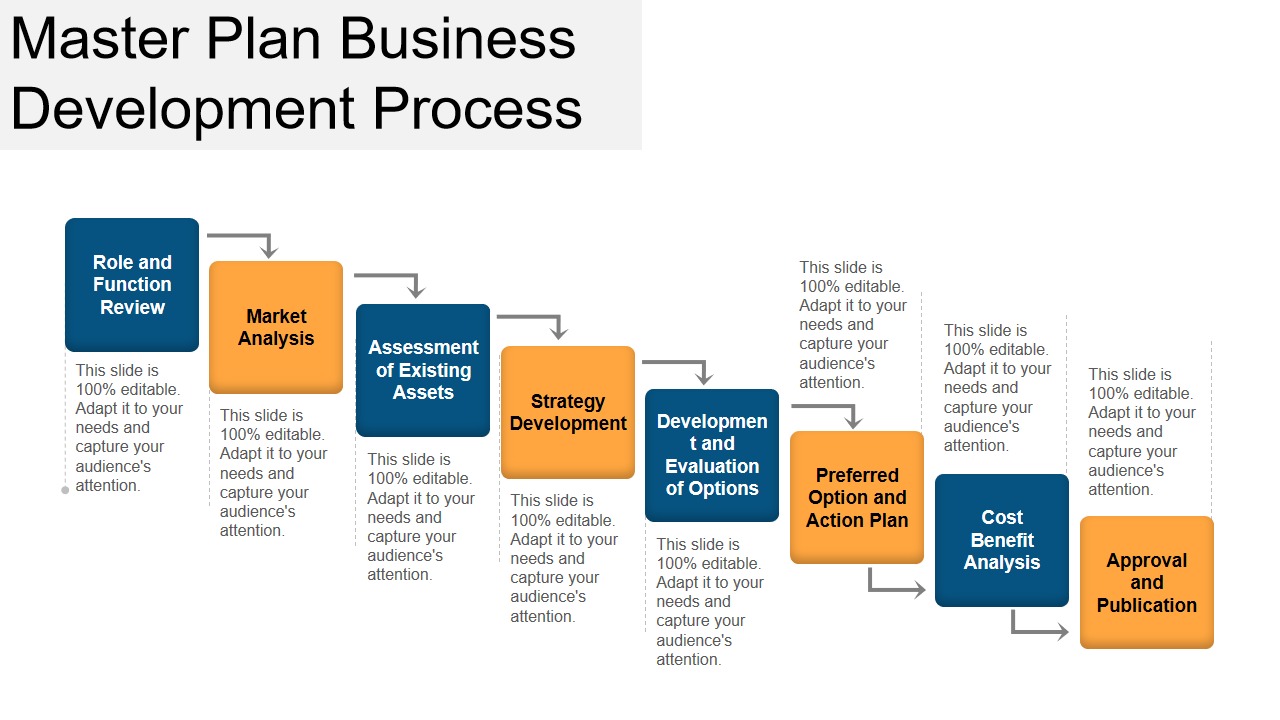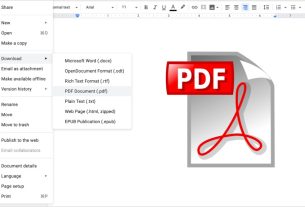Digitization is still progressing heavily and slowly in some areas – while in others it is making great progress. Every day, countless new nodes and connections are formed in our digital memories.
Companies are particularly affected by this because they have to keep up with the Digital Transformation – or, ideally, be ahead of it. In many industries, this is vital and is not subject to discussion. Let’s take a look at the document flow. Specifically, companies send and receive signals from many different sources. The “synapses” must identify, accept, categorize, then store or ignore these signals according to their relevance. But how can a company be sure that the information relevant to the company is correctly identified and processed? In other words, how to guarantee integrity, availability, ease of use and authenticity? What should we pay attention to so that the digital “memory” does not stumble?
P-guidelines; rules and Regulations

There are already many economic laws and regulations in the analog world. During the digitization, new ones were added. It is imperative to analyze the requirements that a company must meet according to its lawful form or sector of activity. The right actions can promote compliance in the documentation process and digital archives in the long term.
The goal is to keep track of all the laws, regulations and rules that a company must comply with. A precise Analysis provides an overview, reveals optimization potentials and ultimately ensures lawful certainty in the event of a dispute.
Analyze The Following Elements
Applicable laws that apply to you
Sectoral rules and procedures
Company policies and risks
Binding Contractual Clauses
Prepare on the basis of the Analysis:

Inventory: What rules apply to your company and can be respected in the documentation process?
Guidelines: how to process documents? (Duty of Care)
Audit framework: How to verify compliance with the directives? (Range and responsibility of Audits)
O-origin; sources, formats and channels
Business-relevant information is generated, processed and distributed in a wide variety of environments. Where does this information come from and what type is it? A company can control the quality and processes of its documents. However, documents obtained from external sources may not necessarily meet the expected quality standards.
The objective is to follow and control the origin, the form and the ways of the documents. An inventory of all sources, formats and channels makes it possible to consolidate them, then to carry out the appropriate cleaning tasks.
Analyze all document sources:
Main sources:
Digital and analog
Internal Documents
Documents from external sources (suppliers, customers, partners, etc.)
File formats:
File format and analog documents
Structure, Quality, Readability, Version Management
TV:

Mail, Fax
Email, Cloud (e.g. Dropbox)
Prepare on the basis of the Analysis:
Procedure for cleaning the multitude of documents
Guidelines for sources, formats and channels
C-acquisition; content capture and processing
External documents are located in the “inbox” and internally in a temporary archive. In order for incoming documents to smoothly enter the documentation process, they must first be reviewed and published.
The implementation of a procedure for processing incoming documents ensures that they are validated, filed and repaired. Then, by enriching the documents with metadata and predictive text, the documents are searchable and findable.
Procedure
Establish rules for the processing of incoming documents, including with regard to:
Validation / Quality Control
Optical Character Recognition (OCR)
Conversion to standard formats
Classification and channeling of documents



